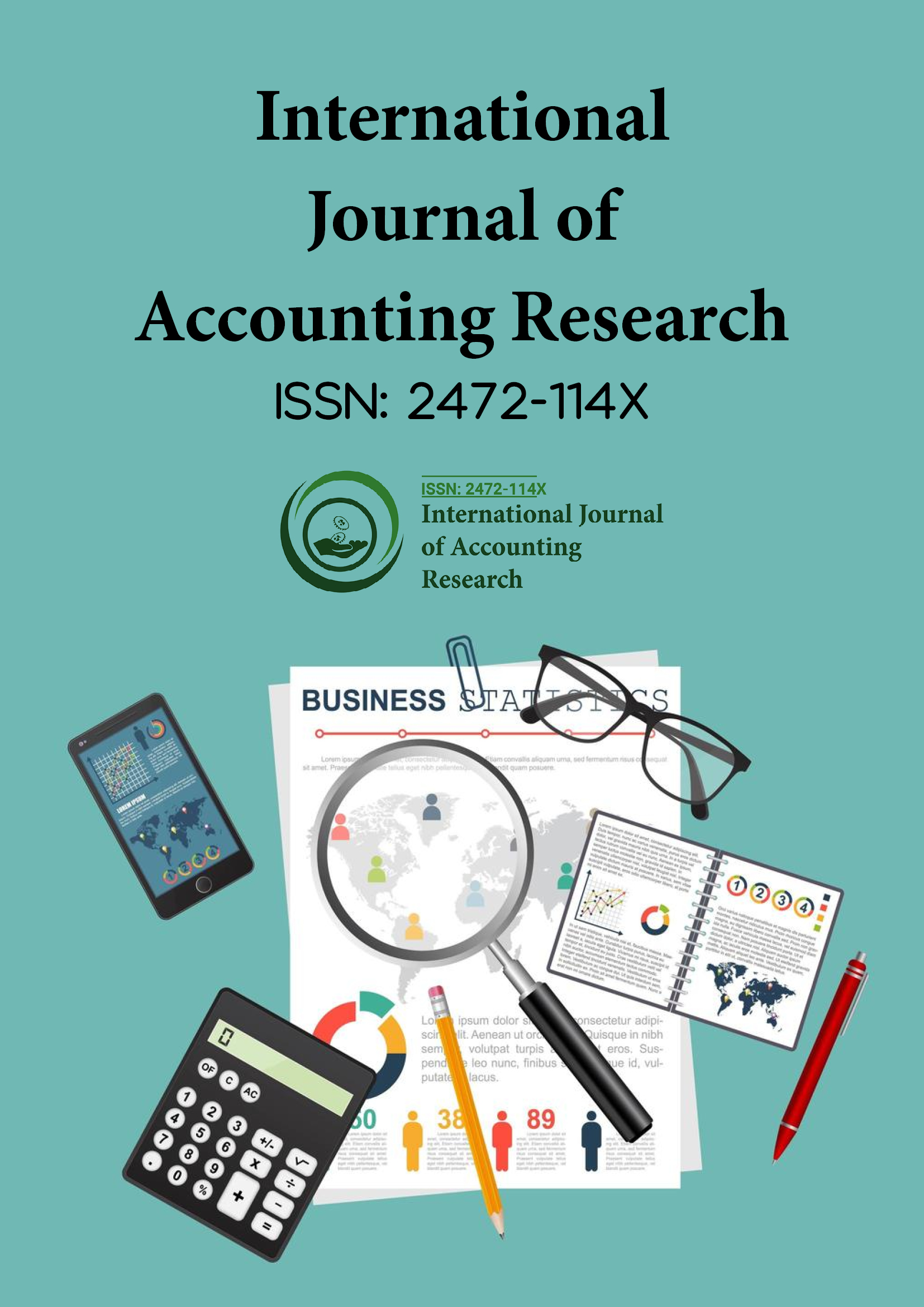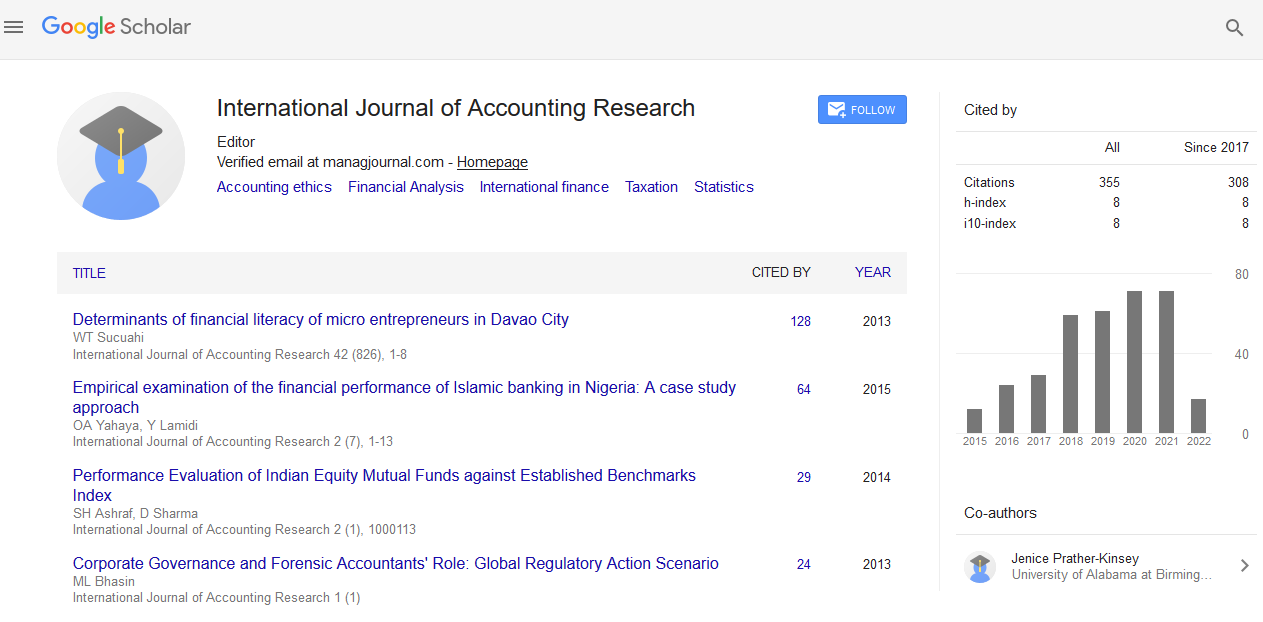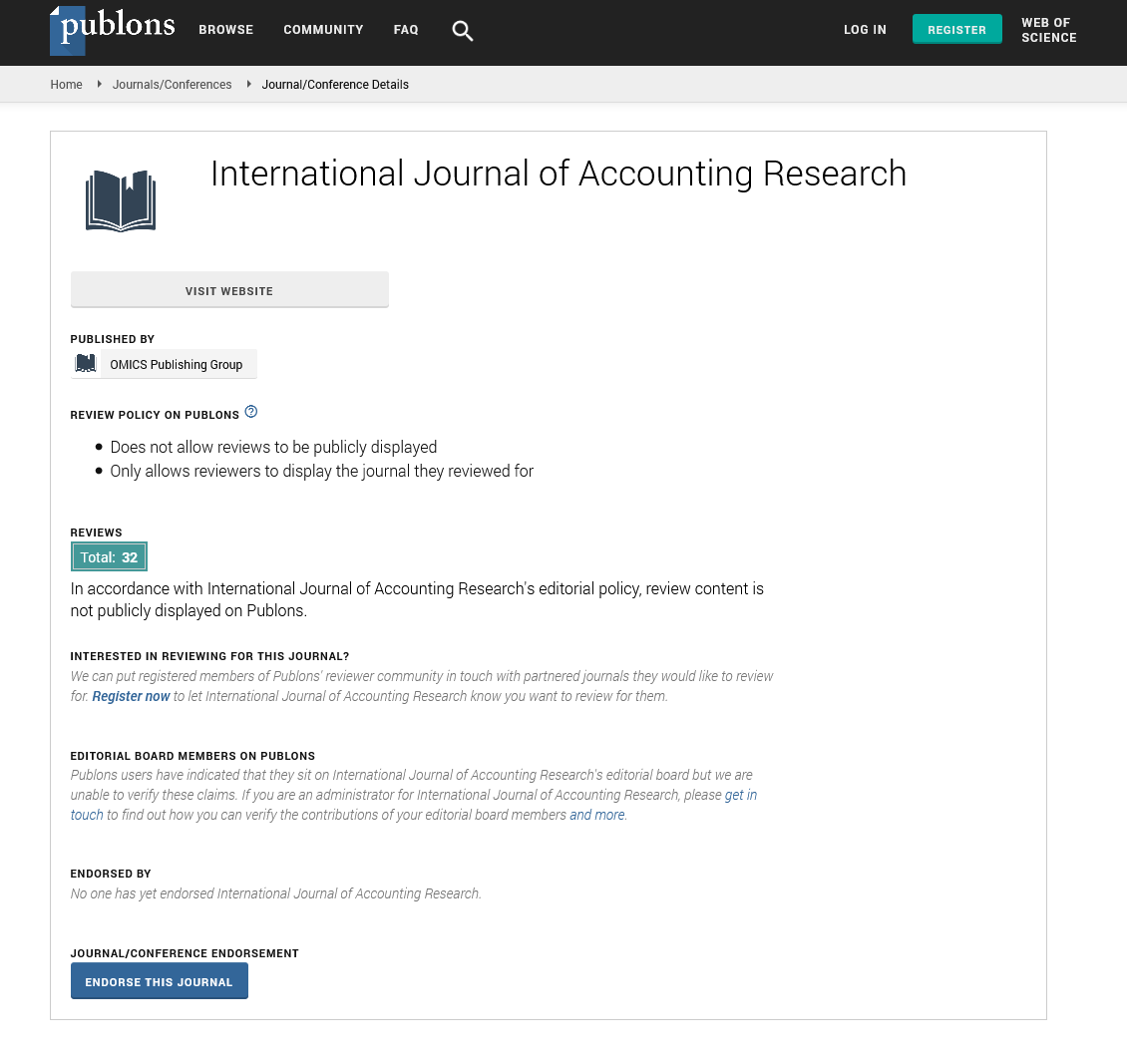Indexed In
- Open J Gate
- RefSeek
- Hamdard University
- EBSCO A-Z
- Scholarsteer
- Publons
- Euro Pub
- Google Scholar
Useful Links
Share This Page
Journal Flyer

Open Access Journals
- Agri and Aquaculture
- Biochemistry
- Bioinformatics & Systems Biology
- Business & Management
- Chemistry
- Clinical Sciences
- Engineering
- Food & Nutrition
- General Science
- Genetics & Molecular Biology
- Immunology & Microbiology
- Medical Sciences
- Neuroscience & Psychology
- Nursing & Health Care
- Pharmaceutical Sciences
Commentary - (2023) Volume 11, Issue 2
The Power and Practicality of Statistics: Unveiling the Insights Hidden in Data
Maryam Esna-Ashari*Received: 27-Mar-2023, Manuscript No. IJAR-23-21402; Editor assigned: 29-Mar-2023, Pre QC No. IJAR-23-21402 (PQ); Reviewed: 14-Apr-2023, QC No. IJAR-23-21402; Revised: 21-Apr-2023, Manuscript No. IJAR-23-21402 (R); Published: 28-Apr-2023, DOI: 10.35248/2472-114X.23.11.322
Description
In a world overflowing with information, statistics provide a means to transform raw data into meaningful insights. From understanding complex phenomena to driving evidence-based decision-making, statistics has become an essential tool in various fields. This article explores the power and practicality of statistics, shedding light on its fundamental concepts, applications, and significance in our data-driven society.
The foundation of statistics
It encompasses a wide range of techniques and methods that allow researchers to extract information from datasets. The foundation of statistics rests upon two branches: descriptive statistics and inferential statistics. Descriptive statistics involves summarizing and describing data through measures like mean, median, mode, and standard deviation. It provides a concise overview of the dataset, enabling researchers to gain insights into its central tendencies and variations. Inferential statistics, on the other hand, utilizes data samples to make inferences or predictions about larger populations. It allows researchers to draw conclusions, estimate parameters, and test hypotheses based on sample data.
Applications of statistics
Statistics finds applications in various domains, contributing to advancements in fields such as:
Science and research: Statistics is integral to the scientific method. It facilitates experimental design, data analysis, and the evaluation of research findings. Statistical methods ensure reliable and accurate conclusions, bolstering the credibility of scientific discoveries.
Business and economics: In the corporate world, statistics aids decision-making processes. From market research and consumer behavior analysis to financial forecasting and risk management, businesses rely on statistical techniques to make informed choices and optimize performance.
Medicine and healthcare: Statistics plays a crucial role in medical research, clinical trials, and epidemiological studies. It enables researchers to identify risk factors, evaluate treatment effectiveness, and analyze disease patterns. Furthermore, statistics supports public health initiatives by modeling outbreaks and guiding policy decisions.
Social sciences: Statistics empowers social scientists to study human behavior, social phenomena, and demographic trends. It enables researchers to analyze survey data, conduct opinion polls, and derive meaningful insights from complex social dynamics.
Environment and sustainability: Statistical analysis assists in environmental monitoring, climate modeling, and natural resource management. By examining data on pollution, biodiversity, and climate change, statisticians contribute to developing sustainable practices and policies.
Importance of statistical literacy
In an era characterized by data deluge, statistical literacy has become increasingly vital. Statistical literacy refers to the ability to understand, interpret, and critically evaluate statistical information. It equips individuals with the skills to make informed decisions, challenge misleading claims, and participate actively in public discourse.
Enhanced statistical literacy helps individuals recognize the potential biases, misinterpretations, or misuse of statistics in media, advertisements, and political rhetoric. It fosters a healthy skepticism, ensuring that decisions are based on sound evidence rather than mere numbers.
Common statistical concepts
To navigate the world of statistics, familiarity with fundamental concepts is essential. Here are a few key concepts:
Probability: Probability quantifies the likelihood of an event occurring. Probability theory forms the basis of statistical inference and decision-making under uncertainty.
Sampling: Sampling involves selecting a subset of individuals or elements from a larger population. Proper sampling techniques ensure that collected data is representative and unbiased.
Hypothesis testing: Hypothesis testing allows researchers to assess the validity of a claim or hypothesis about a population based on sample data. It involves formulating a null hypothesis and conducting statistical tests to either accept or reject it.
Regression analysis: Regression analysis explores relationships between variables. It helps to identify and quantify the influence of independent variables.
Citation: Ashari ME (2023) The Power and Practicality of Statistics: Unveiling the Insights Hidden in Data. Int J Account Res. 11:322.
Copyright: © 2023 Ashari ME. This is an open-access article distributed under the terms of the Creative Commons Attribution License, which permits unrestricted use, distribution and reproduction in any medium, provided the original author and source are credited.


